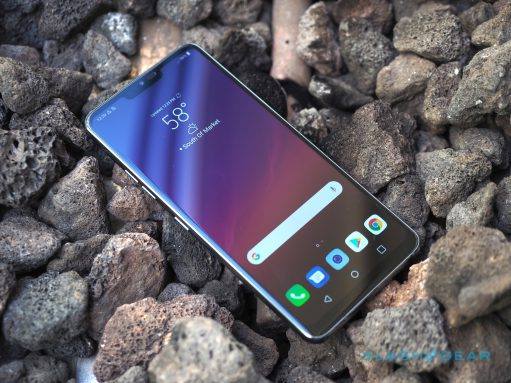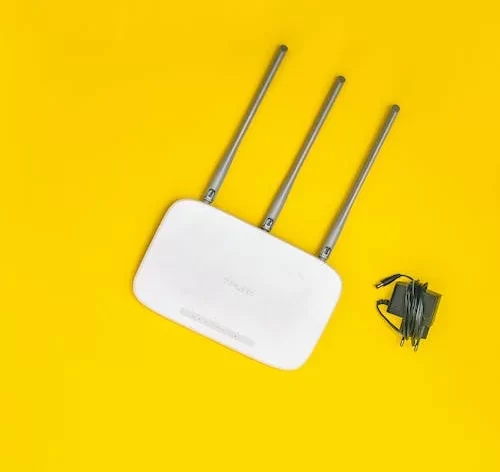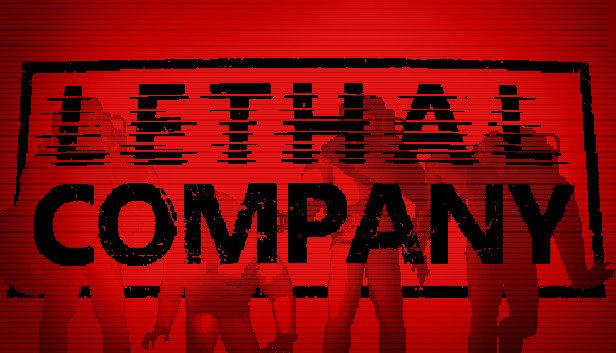Xposed for Lollipop has been released and you can get it working on your Nexus 6 right now with these step by step instructions.
Note from the Developer – Xposed for Lollipop has been released in Alpha state right now. rovo89 released it early so that he could gather bug reports so if you aren’t willing to see some bugs then do not install it. Also, Xposed for Lollipop is only working on 5.0.x so if you have already updated to Android 5.1.x then do not install this version of Xposed.
Xposed has become so ingrained within the Android community that it is the sole reason for a lot of people deciding to not update to Lollipop at all. Of course, this was before Xposed for Lollipop was released. Although since this is in Alpha right now, there are still a ton of people who are using KitKat because Xposed and their favorite Xposed modules work. That’s another thing that you should be aware of, not all Xposed modules work on Xposed for Lollipop.
So unless there are others who have tested an Xposed module for you, then you should realize that some of your favorite ones simply will not work.
Requirements
There aren’t too many things required to get Xposed for Lollipop working on the Nexus. The first thing is that you must be running Lollipop and since KitKat was never officially released for the device then you don’t have to worry about that. Xposed for Lollipop requires that your Nexus 6 be on Android 5.0.x(so that’s 5.0, 5.0.1 and 5.0.2). If you have already updated to Android 5.1 or 5.1.1 then you’re going to have to downgrade in order to install Xposed for Lollipop on your Nexus 6. If you need help on learning how to downgrade then feel free to ask in the comments section below.
You’re going to need to have root access on your Nexus 6 so please follow that tutorial if you need to. A custom recovery for the Nexus 6 is also required because you need to boot into recovery mode and install a zip file. Lastly, I recommend that you create a Nandroid backup of your Nexus 6 before you start this tutorial. Everything should work properly but if something goes wrong or if you install an Xposed Module that isn’t compatible then you could run into a bootloop. So you should always have backup created just in case.
Nexus 6 Install Xposed for Lollipop
- Download the Xposed for Lollipop Zip File to the Nexus 6
- Boot the Nexus 6 into Recovery Mode
- Tap on the ‘Install’ Option
- Browse to Where You Downloaded the Xposed Zip File
- Tap on the Xposed Zip File
- Swipe the Blue Arrow at the Bottom to the Right
- Tap on the Back Button and then Tap the Reboot Button
- After the Nexus 6 has Rebooted into Android, Launch the Google Play Store
- Download and Install ES File Explorer
- Download the Xposed Installer APK File
- Launch ES File Explorer and Browse to the Downloaded Folder
- Tap on the Xposed Install APK you Downloaded
- Tap on the ‘Install’ Button at the Bottom
- Launch the Xposed Installer Application
- Grant Root Access to Xposed
Note – If something goes wrong or you just want to uninstall Xposed, download and flash this zip file in a custom recovery.
Explanation
If you have never installed Xposed before then this might seem a little complex. When I approach tutorials like this I try my best to break things down into very easy to read and understand instructions. If you get stuck or have questions then please feel free to ask. To start off with installing Xposed on the Nexus 6, we first need to download the Xposed zip file onto the Nexus 6 using the download link included in the tutorial above. Once you have that on the Nexus 6, then you can reboot into the recovery so that it can be installed.
Tapping on the Install button in TWRP will bring you to a file explorer where you need to browse to and tap on the Xposed zip file that you just downloaded. Install this file and then reboot your Nexus 6 back into the standard Android OS. Once you are back into Android, launch the Google Play Store so you can download and install the ES File Explorer application. You’re more than welcome to use your file explorer application of choice. I only suggest ES File Explorer because it’s what I use on all of my devices.
After you have a file explorer, you can follow the link in the tutorial above to grab the Xposed Installer APK file. Once that has been downloaded, launch your file explorer and then browse to the Download section so you can tap on the Xposed Installer APK file and install it. Unless you have already enabled the Unknown Sources option from within the Settings application then you might get an error here. If you do, simply launch the Settings application, browse to the Security section and look for the ‘Unknown Sources’ option. Make sure that option is checked/enabled and then go back so you can install the Xposed Installer APK file.
After Xposed Installer has been installed to your Nexus 6, you can disable this Unknown Sources option if you would like. Either way, after the Xposed Installer has been installed, then all you have to do is launch the Xposed application that you see and grant root access to it(a SuperSU prompt should appear after you open Xposed for the first time). From here, you can browse through the module repository and install any Xposed Modules that you would like. Remember though, some of these modules aren’t working on Lollipop so you’ll have to experiment and test to find out which ones work and which ones do not.

If you need SELinuxModeChanger then you can download it from the XDA thread here. I don’t think this is required anymore since Xposed for Lollipop has been updated but if you can’t get it working properly then you’ll need to install this application, change SELinux from Enforcing to Permissive. If SELinuxModeChanger is needed, then you’ll also need to launch the Xposed Installer and do a ‘Soft Reboot’ each time you turn off or do a full reboot on your Nexus 6. But again, I don’t think any of this is needed anymore.






